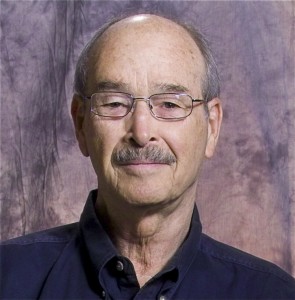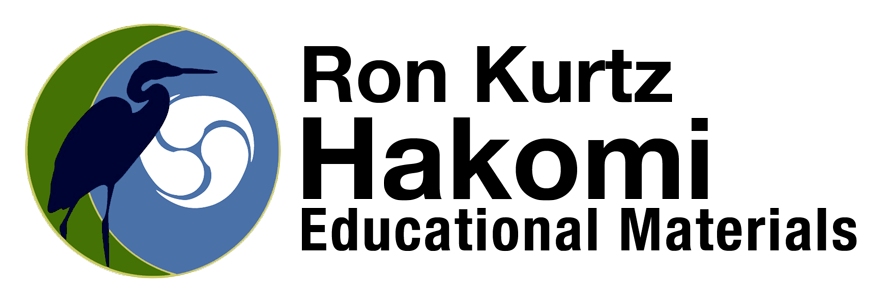A Background… on the methods of Ron Kurtz, creator of the Hakomi Method. The Refined Hakomi Method, as it is now called, continues to draw its inspiration and power from the healing wisdom of nature and our human capacities for love and awareness. The method embraces the support of science, spirituality and all forms of healing. With study and practice, this simple, elegant way of caring and helping each other is easy to learn and has the power to heal the hearts it touches. Using it is joyous work.
Introduction

The original version of the Hakomi Method began forty years ago in my private practice in Albany, N.Y. The Refined Method described here is the latest version. After ten years of private practice and some teaching, I founded the Hakomi Institute. During the 1980’s, I ran the Institute. In 1990, I left. During the twenty years since, I have continued to make changes to the method. I dropped some of the original material, like character theory, and added a great deal of new material. The very latest version is what is described on this website.
Over the last twenty years and especially during the last five, I have taught the refined method. I have certified many practitioners, teachers and trainers. For more about that, I refer you to the testimonials they’ve given and which are posted on this website.
The Refined Hakomi Method embraces new and powerful concepts, many from recent discoveries in neurology. Much that turned out to be unnecessary has been dropped. In the hands of a skilled practitioner, the Refined Method is simple, elegant and powerful.
For the theoretical details, read Ron’s Evolving Vision of Hakomi (2008), the next paper.
Some History: I founded the Hakomi Institute in 1981 and was its director for ten years. In 1991, I resigned the directorship and started Ron Kurtz Trainings. I began to train and work with a whole new group of people and together we founded the Hakomi Educational Network, Int’l.
Over the last twenty years, I have shifted the very basis of the work from the traditional ideas of working with character issues and neurosis, to conceiving the work as assisted self-study, where the practitioner helps clients reduce unnecessary suffering by evoking and midwifing the client’s own natural, healing processes through re-consolidating formative experiences using support from others, including comforting touch. All the major changes I have made to the method can be seen in this light.
From the beginning, the work focused on present experience, used mindfulness and simple experiments to evoke reactions. This part of the method was developed in my private practice, back in the 1970’s. It was there from the beginning and it remains the core of the method. Around sixteen years ago, I introduced the idea of loving presence as the most supportive state of mind for the therapist. This state is the first and most important task of the therapist. That one change placed the ultimate power of the work in something more than the method and techniques. I realized that the real source of the method’s effectiveness is the therapist’s capacity to be loving towards and completely present for the client. This too is central to the refined method.
More recently and almost as significant, is the important scientific research concerning human automaticity. A great deal has been learned in the last twenty years about the unconscious in its cognitive and adaptive capacities. For me, this led to my vision of the method as assisted self-discovery. What has been discovered through the refined method is the unconscious influences that create our thinking, our beliefs, our buried painful memories, and the adaptations we made to handle the world we found ourselves in. In short, all the unconscious activity that now creates our everyday experiences. I now see the method as accessing that activity and making it conscious and modifiable. There are very good reasons why we need discover who we really are. Doing so is real work and any of us can use a little assistance doing it.
Seen as assisted self-study and self-discovery, the method has its origins not just in the theories of western psychology, which I studied in graduate school, but even more so in the principles and practices of Buddhism and Taoism that inspired me a dozen years before Hakomi began. Grounded as it is in these wisdom traditions, the method can easily become part of any method of psychotherapy. Self-study is a natural part of the universal human endeavor to free ourselves from suffering, the inevitable suffering that results from ignorance of who we are and how the world hangs together. Self-study is the path taken by all who work to understand themselves. It leads beyond half-remembered hurts and failed beliefs, beyond all that lingers unexamined in the body-mind. That deep desire to know ourselves has given rise to all manner of heroic labors. It is a cousin to the sciences of life and to many religions, a kin to singing bowls, chanting monks and sitting meditation.
Anyone whose passion is to understand and heal, in the company of loving friendships will find this way of working life-changing and a joy to do. — Ron Kurtz, September 30, 2010.
